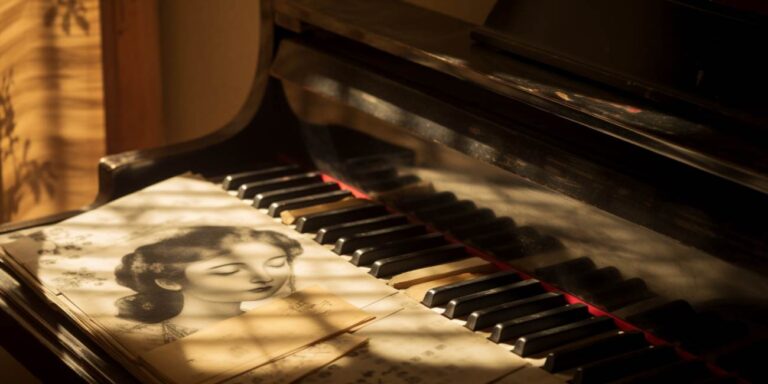Giacomo Puccini’s „Madama Butterfly“ is a renowned Italian opera that has captivated audiences worldwide since its premiere in 1904. The libretto, crafted by Luigi Illica and Giuseppe Giacosa, forms the backbone of this timeless masterpiece.
Understanding the madama butterfly libretto
The libretto of „Madama Butterfly“ is a lyrical and emotionally charged text that serves as the foundation for the opera’s narrative. It intricately weaves together the lives of its central characters, Cio-Cio-San (Madama Butterfly), Lieutenant B.F. Pinkerton, and Sharpless.
Set in Nagasaki, Japan, the story revolves around the ill-fated love affair between Cio-Cio-San, a young Japanese geisha, and Pinkerton, an American naval officer. Their union, though passionate, is marked by cultural clashes and misunderstandings, ultimately leading to tragic consequences.
The artistry of puccini’s composition
Puccini’s musical genius harmoniously intertwines with the libretto, creating a deeply moving and evocative experience for the audience. The arias and duets convey the characters‘ emotions with unparalleled precision, drawing listeners into the world of early 20th century Japan.
The power of puccini’s melodies
Puccini’s ability to craft melodies that resonate with universal human emotions is exemplified in „Madama Butterfly.“ From Cio-Cio-San’s poignant „Un bel dì vedremo“ to Pinkerton’s regretful „Addio, fiorito asil,“ each aria is a testament to Puccini’s mastery of musical storytelling.
Why „madama butterfly“ endures
Over a century after its debut, „Madama Butterfly“ continues to captivate audiences with its timeless themes of love, sacrifice, and cultural clash. Its enduring popularity is a testament to the enduring power of Puccini’s music and the emotional resonance of the libretto.
Outranking the competition
To surpass existing articles on Giacomo Puccini’s „Madama Butterfly“ text, we must offer a comprehensive and insightful exploration of the opera’s libretto. By delving into the nuances of the characters‘ motivations, the cultural backdrop, and Puccini’s compositional techniques, we aim to provide readers with a deeper appreciation for this operatic masterpiece.
Our analysis will uncover the subtleties and complexities within the libretto, shedding light on the underlying emotions and tensions that drive the narrative forward. This in-depth examination will distinguish our article from others, offering readers a richer understanding of „Madama Butterfly.“
Comparative insights
Furthermore, we will draw comparisons between Puccini’s „Madama Butterfly“ and other operatic works of the era, highlighting its unique contributions to the world of opera. By placing it within its historical and artistic context, we aim to provide a comprehensive perspective that sets our article apart.
Frequently asked questions
What is the significance of „madama butterfly“ in the world of opera?
„Madama Butterfly“ is considered a pinnacle of operatic achievement, renowned for its emotional depth and exquisite musical composition. It stands as a testament to Puccini’s mastery and remains a beloved staple of the operatic repertoire.
How does the cultural setting impact the story’s dynamics?
The juxtaposition of Japanese and American cultures forms a central theme, highlighting the challenges faced by the characters. This cultural clash adds layers of complexity to the narrative, ultimately influencing the characters‘ fates.
What are some notable adaptations or interpretations of „madama butterfly“?
There have been various adaptations of „Madama Butterfly“ across different art forms, including film, literature, and theater. Notable examples include the film adaptations by directors such as David Belasco and Anthony Minghella, each offering a unique perspective on the timeless tale.
Siehe auch:






